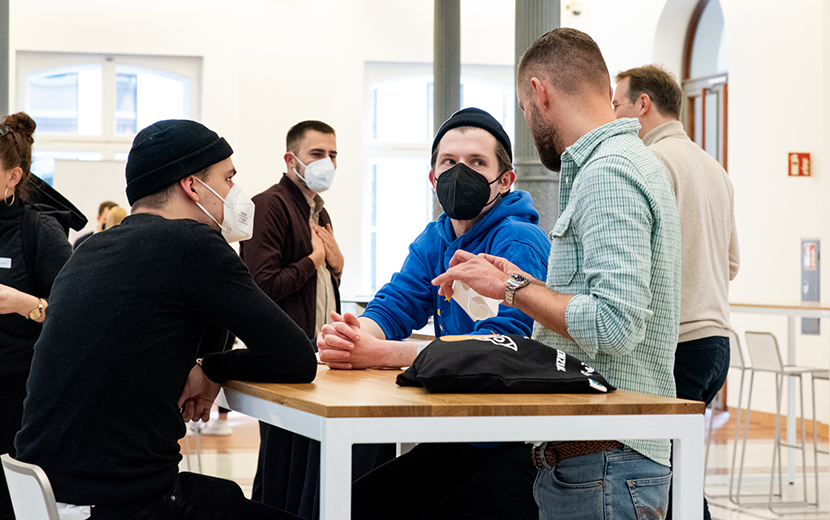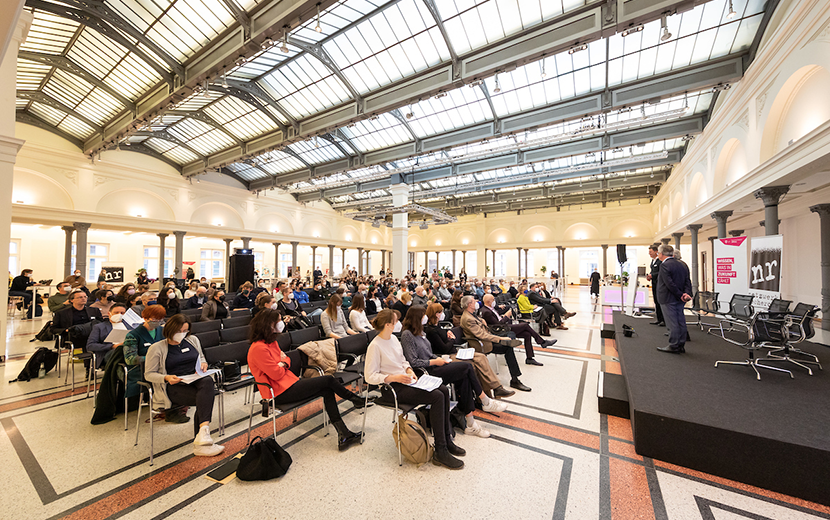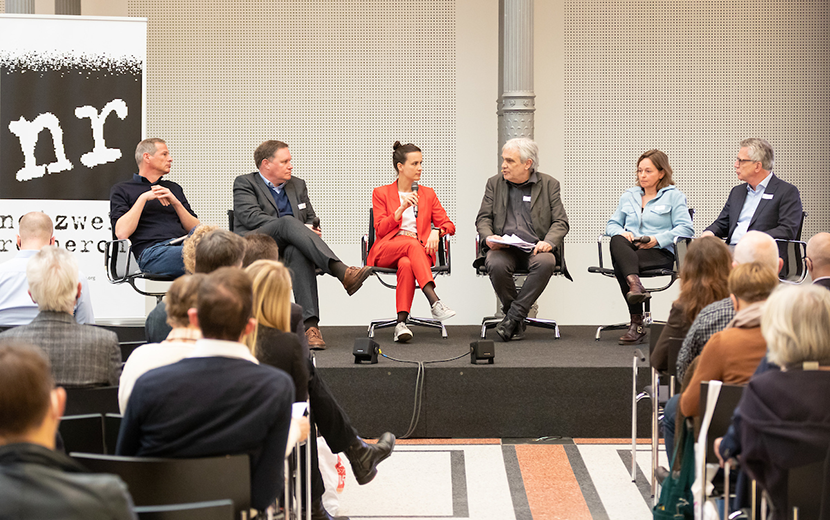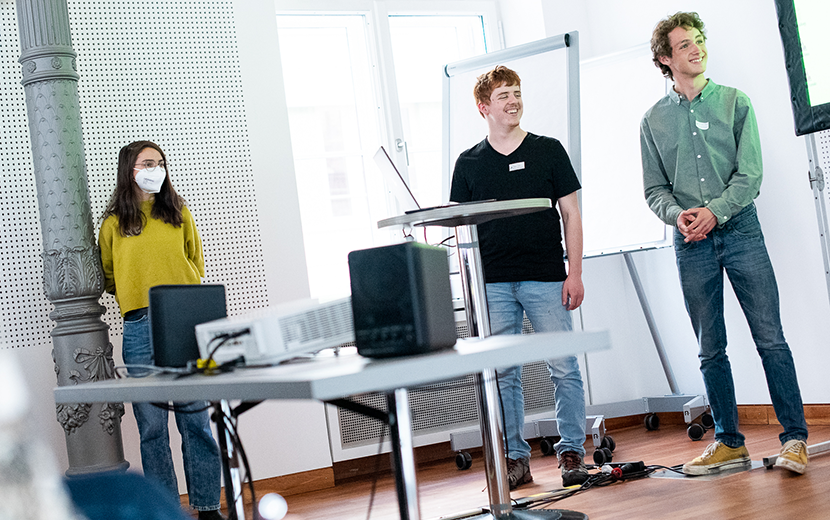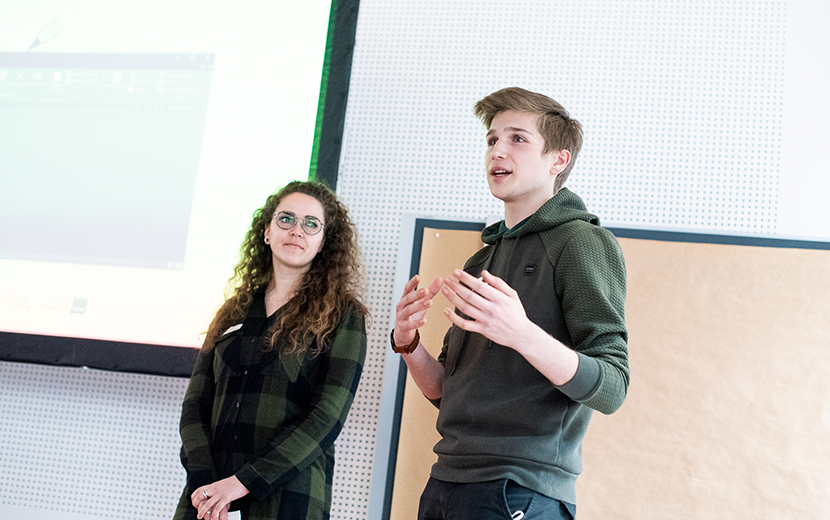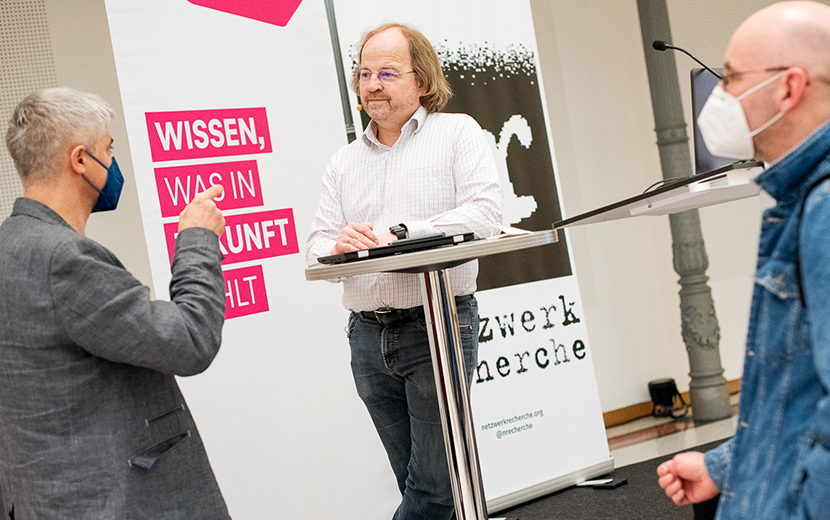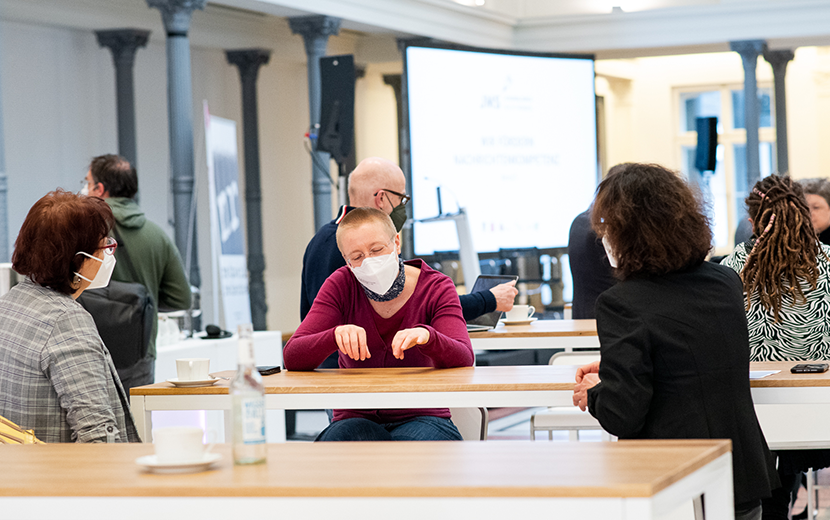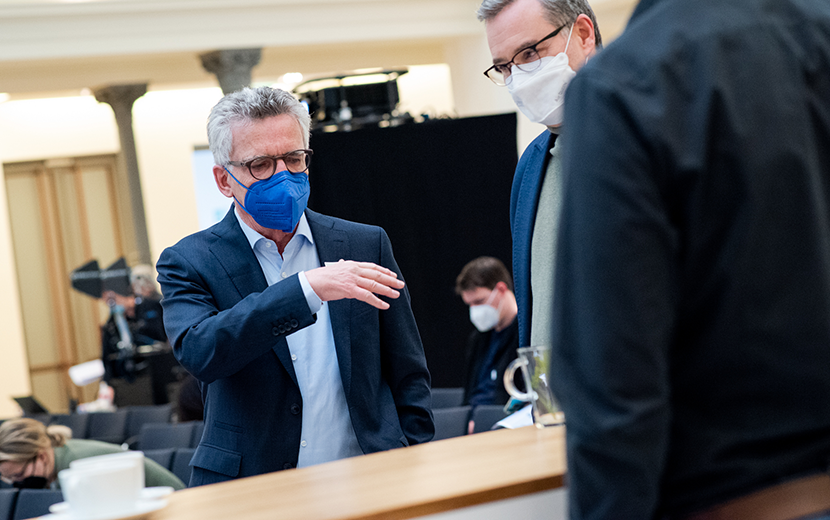Using facts to combat fakes and disinformation
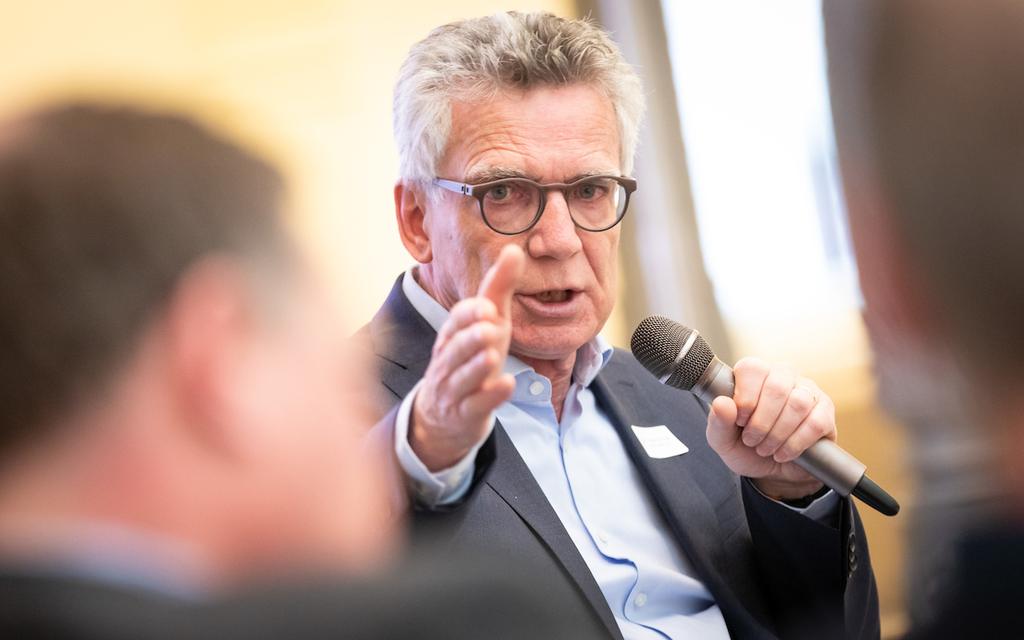
We can and must support young people in achieving digital sovereignty. An opinion piece by Dr. Thomas de Maizière
A quote attributable to Mark Twain says, "A lie can travel halfway around the world before the truth puts on its shoes.” Twain died in 1910, long before the internet or social media was invented. In today’s digital world, I believe that lies and truth spread even faster than he assumed. The distance, however, has not changed. As in Twain’s day, false information still moves much faster than facts. Distinguishing truth from untruth, evaluating sources correctly, and then coming to your own conclusions – these are all skills that today’s young people need. It’s only natural for children and adolescents to live and learn in the digital world. It’s a world that floods them with information every single day: WhatsApp messages, Instagram photos and TikTok videos, but also Wikipedia entries and textbook content on learning platforms.
How do they learn to handle this information? How do they know which sources are trustworthy, and which ones are not? How can they protect themselves from promoting disinformation by simply forwarding photos and videos?
This is where the adults come in: parents, teachers, media educators, journalists. All of us can and must help young people to achieve digital sovereignty. They cannot do it on their own and, unfortunately, do not see a need to do so. In an Allensbach survey commissioned by Deutsche Telekom Stiftung, less than 25 percent of 10- to 16-year-olds thought it was important to be able to judge content shown on TV or the internet in 2020. That is nowhere near enough!
So what has to be done? We at Deutsche Telekom Stiftung decided to set up our own project to help kids and teenagers develop news and source literacy. Universities in Bochum and Dortmund developed materials for people who play important roles in children’s lives. With their help, teachers and other learning facilitators in libraries or youth centers can explain exactly how to check texts and photos, debunk disinformation and distinguish real experts from fake ones.
We just presented the project – called Qapito! – at the "Journalismus macht Schule" (Journalism in Schools) conference, which we hosted in Berlin together with Netzwerk Recherche, an independent association of journalists. Some 150 people were at the conference and learned all about the many exciting projects and initiatives on news and source literacy. I was there myself and was impressed by all the great programs that are already available.
Everyone involved in this area of education understands the importance of presenting the topic of disinformation to young people and helping them realize the need to look very closely at news items, photos or videos. Even when it comes to Mark Twain. A photo of the author has been circulating on Facebook for years, accompanied by the following quote: "It's easier to fool people than to convince them that they have been fooled." Except that Twain most likely never said the phrase. Or penned it. At least that’s what Snopes, a US-based fact-checking portal, concluded after researching the topic. Let us hope that the quote about lies and truth that I began this article with will not turn out to be fake. But you never stop learning. What do you think – can you always safely distinguish facts from fake news?
